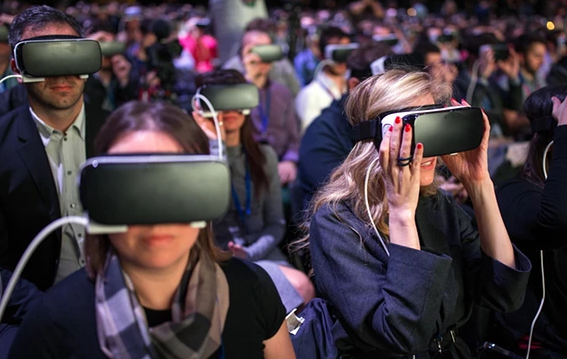VR is now. Where is your strategy?
Globally VR is making waves, locally the surf is way too calm. Academy Xi co-founder, CEO and VR educator Ben Wong says the time is now to jump right into the water.
Do you have a VR strategy? Have you got good VR developers? Recently Google drew back the curtains on the next iteration of one of its pet projects.  Google Daydream View (arguably not the best name) added some much needed structural rigidity to Google cardboard and brought virtual reality (VR) right back into the spotlight.
Google Daydream View (arguably not the best name) added some much needed structural rigidity to Google cardboard and brought virtual reality (VR) right back into the spotlight.
It hasn’t been out of it much since Facebook bought VR second (or is that third, or fourth) coming pioneer Oculus, Samsung got into the game with the Gear VR and HTC created the brilliant but stupendously expensive Vive.
But despite the keenness of big hardware brands like those mentioned, there is still a cloud of doubt hanging over the VR landscape — the consumer take up cloud which rains down brand doubt and thunders skills shortages in new digital areas. So is VR destined to be the next 3D?
According to Statista, the VR hardware market size in 2020 is predicted to be US$5.2billion globally. The software side is shaping up to be US$24.5billion. The study also states that 44% of people are ‘very interested’ in virtual reality technology, with healthcare, engineering and real estate accounting for the largest enterprise sector interest while, unsurprisingly, video games and live events take up the lion’s share of consumer interest.


I’d like to get Prof. Mark Ritson’s opinion on this one…
1900’s…?